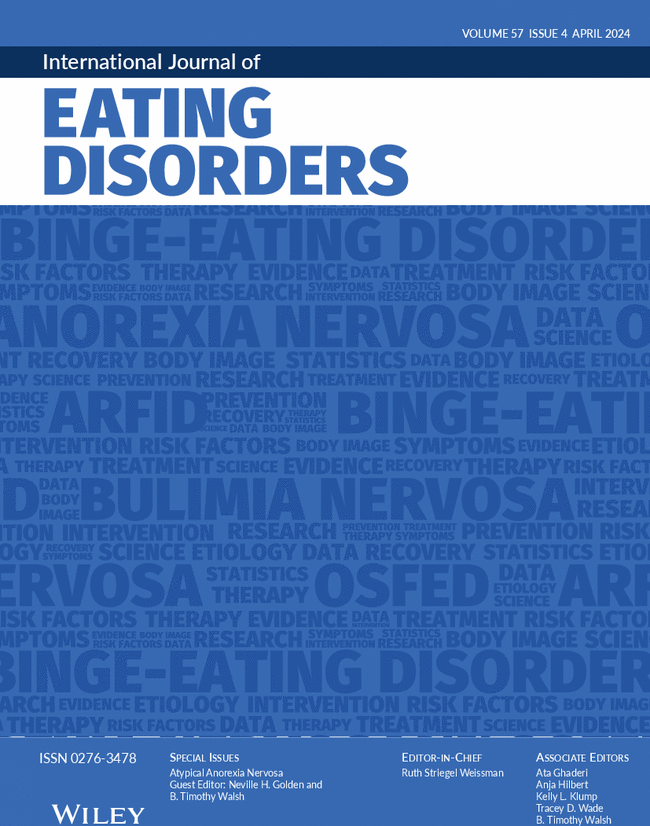Disordered Eating and Intentional Insulin Restriction Among Young Adults With Type 1 Diabetes: An Examination of Diabetes Distress and Appearance-Related Perceptions as Correlates
Abstract
Purpose/Objectives
Individuals with type 1 diabetes engage in disordered eating behaviors at twice the rate of the general population, including intentional insulin restriction to avoid weight gain. The present study examined possible correlates (diabetes distress, appearance-related perceptions) of dietary restraint, diabetes-specific disordered eating, and intentional insulin restriction.
Method
Participants were 199 individuals with type 1 diabetes aged 18–40 years recruited via Prolific. They completed a Qualtrics survey measuring diabetes distress, weight esteem, physical appearance comparisons on social media (PACSM) and an item focused on perceptions of BMI as an indicator of health. Participants also completed questionnaires focused on disordered eating—diabetes-specific disordered eating and dietary restraint, as well as an item capturing intentional insulin restriction.
Results
Diabetes distress emerged as a correlate of all three indicator variables and was the strongest correlate of diabetes-specific disordered eating and intentional insulin restriction. PACSM was the strongest correlate for dietary restraint, and weight esteem was significant in both disordered eating models (diabetes-specific, dietary restraint).
Discussion
Diabetes distress and appearance-related variables (weight esteem, PACSM) explained unique variance in disordered eating among young adults with type 1 diabetes. Future research should examine these variables in clinical settings.


 求助内容:
求助内容: 应助结果提醒方式:
应助结果提醒方式:


